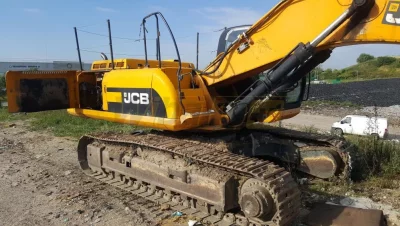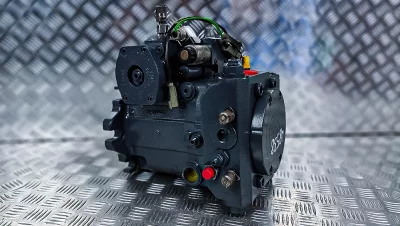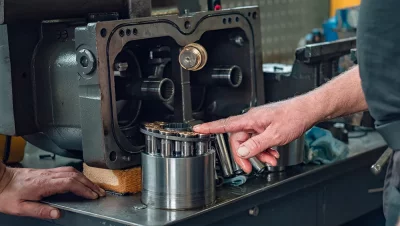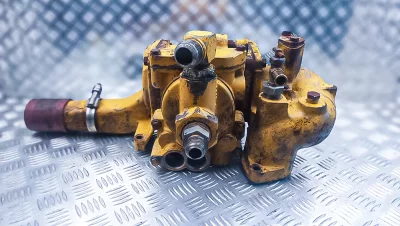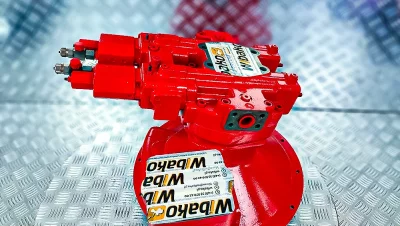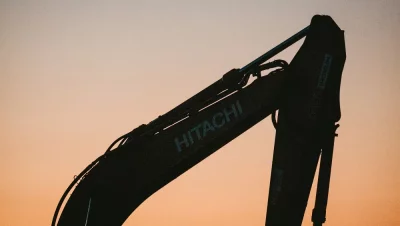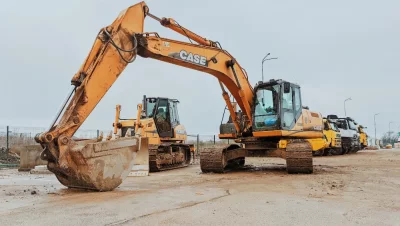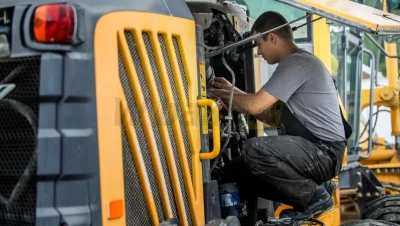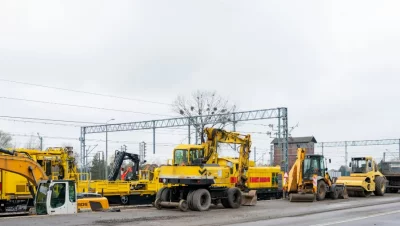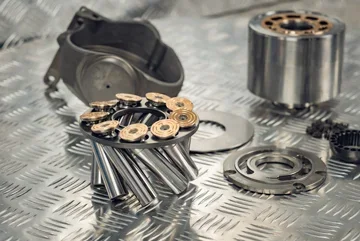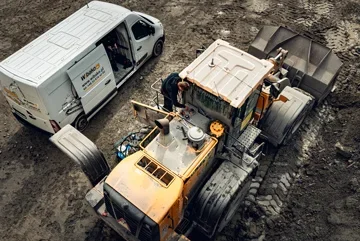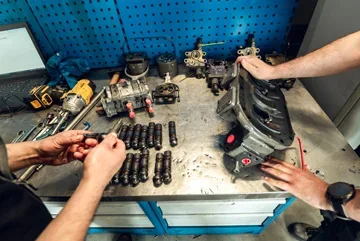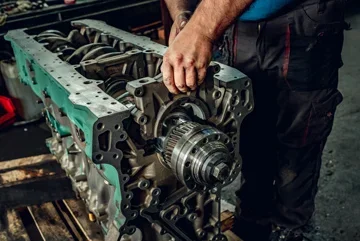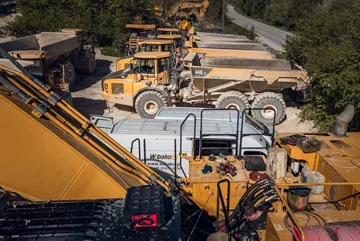How to properly prepare a machine for winter?
Winter is no longer an obstacle to continuing some construction or even road works in our country.
Many entrepreneurs take advantage of this, but it should be remembered that in order for the machine to serve well in winter, it must be properly prepared for it.
Our guide is also recommended for those owners who plan a winter downtime of the machine, but want to be sure that in the spring the equipment will be fully operational.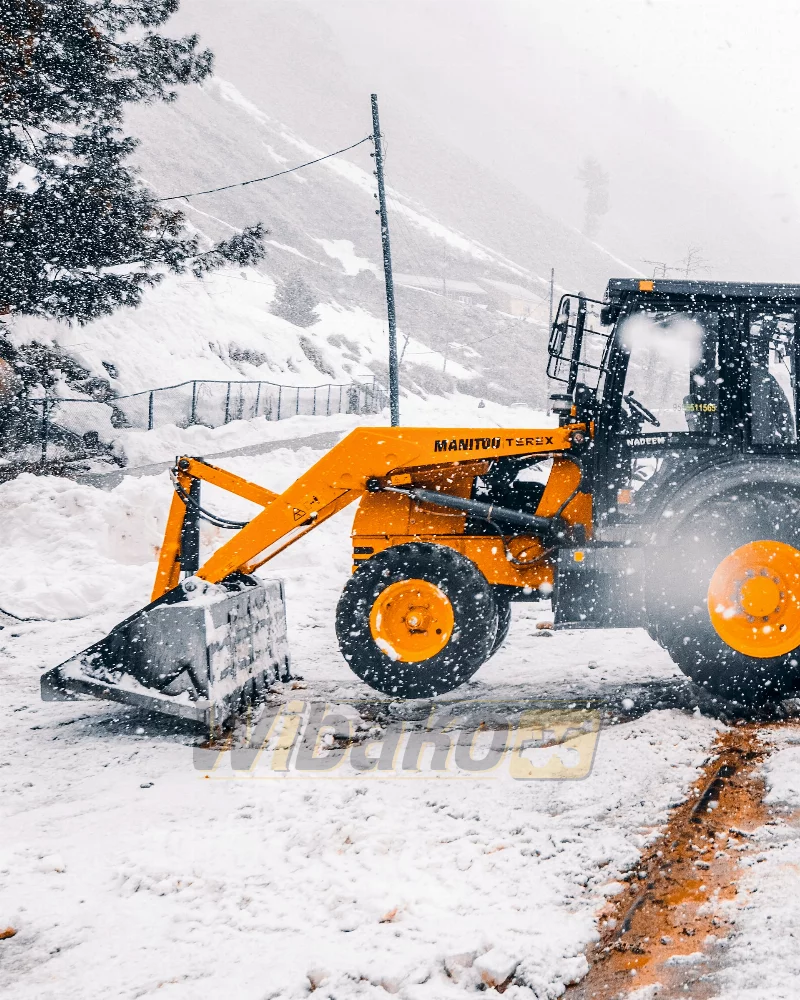
Visual inspection
Just before the start of the winter season, it is worth taking a very close look at the construction machine, of course, washing the body and chassis beforehand.
This allows to see, for example, the first foci of corrosion and minor mechanical damage, which can be easily removed at this stage. We also pay close attention to any leaks or abrasions of the hoses.
Ignoring these faults will certainly backfire in the middle of winter, especially during work in low temperatures.
It will also be good to talk to the operator and ask him about any worrying observations. If he reports, for example, a decrease in machine performance or strange sounds coming from the drive system, you should immediately arrange for service to avoid risking a more serious breakdown.
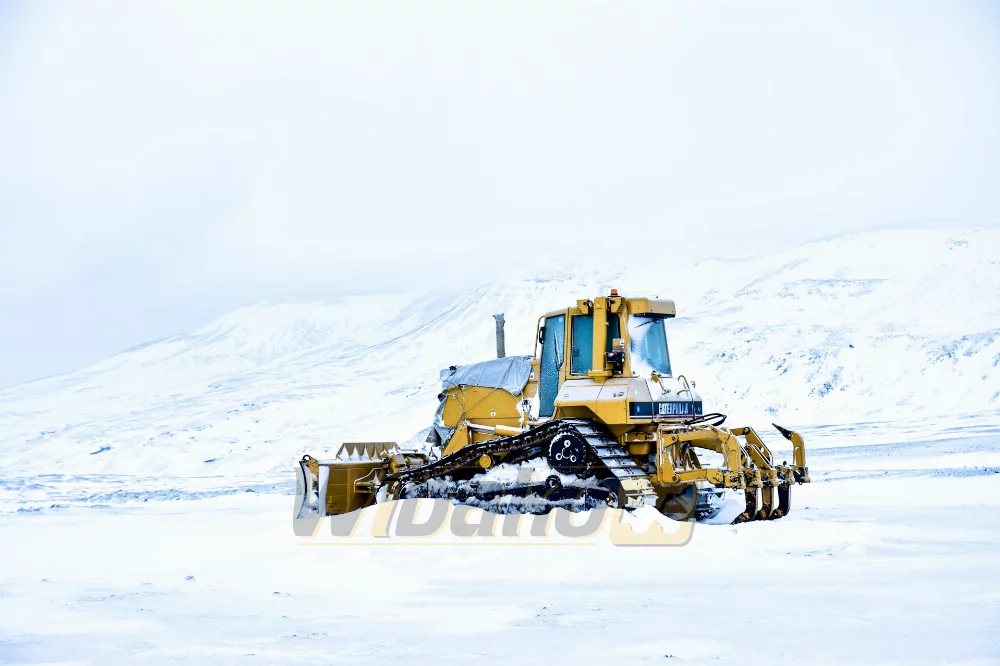
What should you definitely take care of before winter?
Basic service of the machine is usually neither expensive nor requires a break from work for many days. All the more reason not to postpone it until spring. Before the onset of frost, it is necessary to change the coolant and fuel filter. We also recommend refueling the machine with winter engine oil, which is enriched with additives that counteract the phenomenon of paraffin precipitation.
What should you remember if the machine is to be operated in winter?
Using a construction machine in the winter season requires the owner to be very meticulous about the equipment's efficiency.
We start with lighting - its operation is a matter of not only the comfort of the operator, but also the safety of work. We also recommend refueling with winter fuel again, which definitely facilitates, for example, morning start-up.
A good practice is also to leave the engine idling after the morning start-up. A few minutes are enough for the unit to warm up sufficiently, along with all the operating fluids, especially oil.
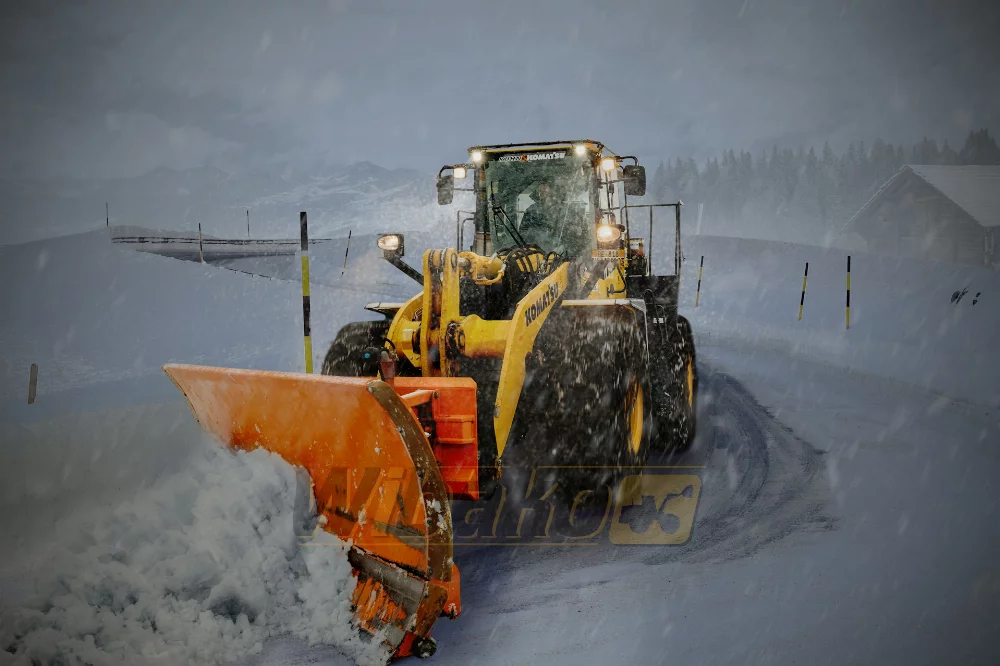
It is also worth sensitizing the operator not to allow himself to be reckless - especially if he has never worked on a machine in the winter season before.
Icing, snow, impaired visibility - all this has a colossal impact on both the behavior of the equipment and the safety of work.
A very good advice is to always ensure the machine is cleaned of mud and ice at the end of the working day. This will prevent situations where, for example, frozen lumps block the running gear. Also remember to maintain the proper level of battery charge.
Before a frosty night, it would be good to remove it and store it in a heated room.
And what if the machine will not work in winter?
In such a situation, it is crucial to protect the machine from adverse weather conditions, especially from the action of moisture. The battery should be removed and stored in a warm and dry room, and the battery should be recharged cyclically every 4-6 weeks.
Another mandatory task is to remove all leaks from the hydraulic system and fill it with oil adapted to work in winter conditions. If possible, it is worth parking the machine in a closed room, or under a roof.
Such secured equipment should be fully prepared for work in the spring.



